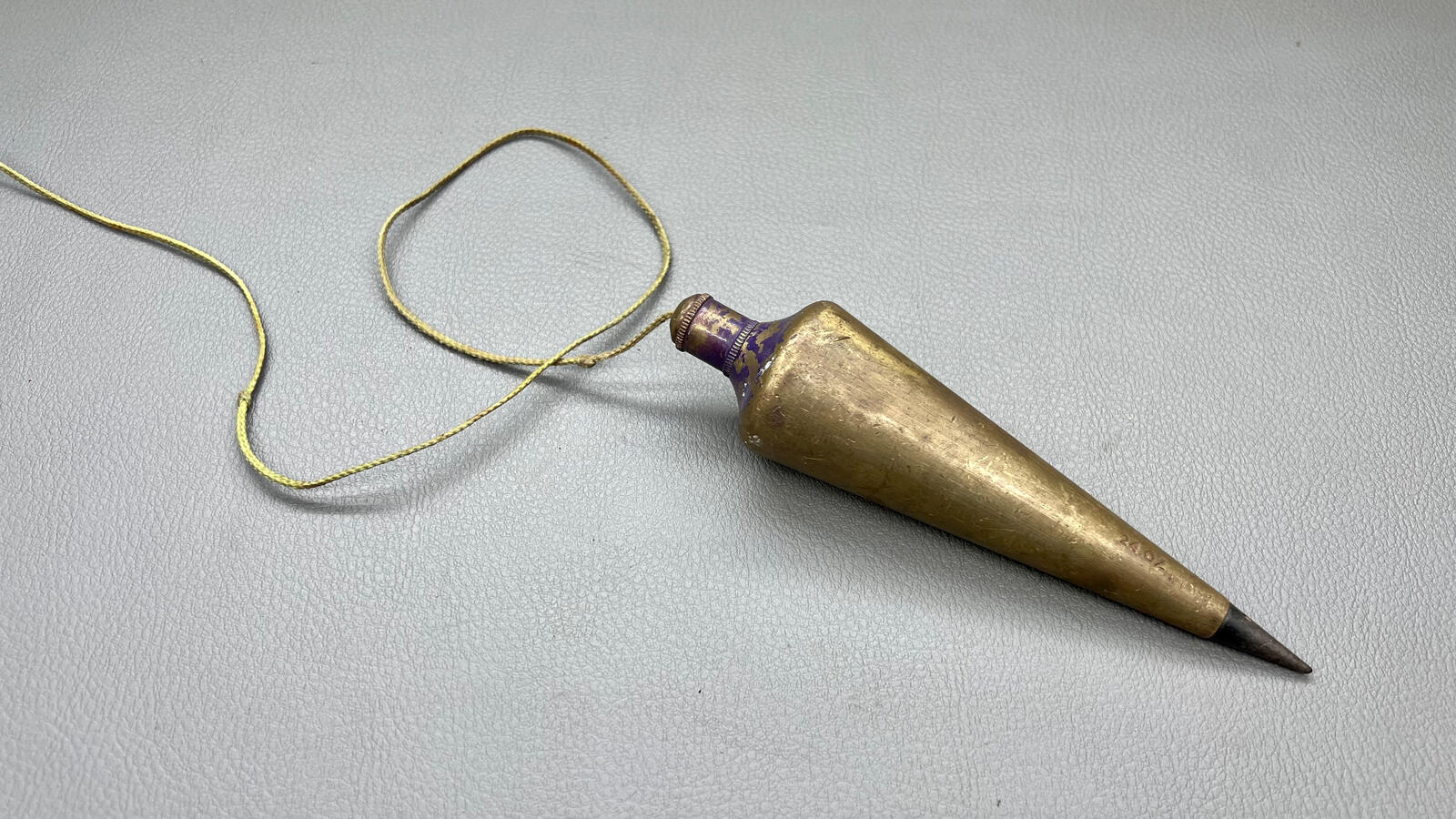

Articles
What Is A Brass Plumb Bob Used For
Modified: October 21, 2024
Discover the various uses of brass plumb bobs in this informative article. Explore how these tools assist in achieving accurate vertical alignments and measurements.
(Many of the links in this article redirect to a specific reviewed product. Your purchase of these products through affiliate links helps to generate commission for Storables.com, at no extra cost. Learn more)
Introduction
A brass plumb bob is a traditional tool used in construction and woodworking projects. It is a small, weighted object that hangs from a string, providing a vertical reference line. Plumbers, carpenters, and other tradespeople rely on plumb bobs to ensure accurate measurements and precise alignments.
In this article, we will explore the definition, history, construction, usage, and advantages of a brass plumb bob. We will also discuss its applications and essential safety precautions. So, let’s dive in and discover the fascinating world of the brass plumb bob.
Key Takeaways:
- The brass plumb bob, with its rich historical significance and durable construction, serves as an essential tool for achieving precise vertical alignments in construction, woodworking, and surveying projects.
- By following proper safety precautions and utilizing the brass plumb bob correctly, professionals can ensure accurate measurements and maintain structural integrity, making it a trusted and timeless tool in various fields.
Read also: 13 Amazing Brass Plumb Bob for 2024
Definition of a Brass Plumb Bob
A brass plumb bob is a weighty tool used to determine the vertical or true vertical line in construction and carpentry. It consists of a tapered or cylindrical-shaped brass body with a pointed tip at the bottom. The brass material gives it durability and corrosion resistance, making it a popular choice among professionals in the field.
The plumb bob is attached to a string or cord that allows it to hang freely. The length of the string can vary depending on the specific application and the required precision. When the plumb bob is suspended, the weight of the brass body pulls the string into a straight line, creating a reference point perpendicular to the ground.
Plumb bobs are available in different sizes, with larger ones suitable for heavy-duty use and smaller ones used for fine woodworking and precision measurements. The bottom tip of the plumb bob usually comes to a sharp point to ensure accuracy and to facilitate easy insertion into desired surfaces.
The purpose of using a brass plumb bob is to determine if a surface or object is perfectly vertical or aligned with the true vertical line. By observing the position of the plumb bob in relation to the surface being tested, workers can make necessary adjustments to ensure accuracy in construction and woodworking projects.
History of Plumb Bobs
The use of plumb bobs dates back thousands of years, with evidence of their existence in ancient civilizations such as Egypt, Mesopotamia, and China. The concept of using a weighted object to determine verticality has been prevalent throughout history.
One of the earliest recorded forms of a plumb bob was found in the Great Pyramid of Giza, Egypt, which was constructed around 2560 BCE. Archaeologists discovered a copper plumb bob believed to have been used by the ancient Egyptians to ensure the precise alignment of the pyramid’s walls.
In ancient China, plumb bobs made of stone or bronze were commonly used in construction. The Chinese even invented a plumb line consisting of a bamboo shaft with a weighted object at the end. This innovative design allowed for greater accuracy and ease of use in construction projects.
During the Middle Ages, plumb bobs continued to be used in various forms across Europe. Craftsmen and builders relied on these tools to ensure the verticality of walls, columns, and other structural components. Plumb bobs were often made of lead or iron during this period, due to the widespread availability of these materials.
It was during the Renaissance that the use of brass plumb bobs became more prevalent. Brass, with its versatility and durability, became a favored material for constructing plumb bobs. The invention of refined casting techniques allowed for more precise and intricate designs of plumb bobs in this era.
Today, plumb bobs have evolved to incorporate modern materials such as brass and steel. While the basic principle remains the same, advancements in manufacturing have made plumb bobs more accurate and efficient than ever before.
Plumb bobs have also gained significance beyond construction and woodworking. They have become symbolic in various fields, such as surveying and engineering, where precise vertical measurements are crucial.
Overall, the history of plumb bobs showcases the enduring importance of verticality and the remarkable ingenuity of human civilizations in devising tools to achieve accurate alignments in construction and other related fields.
Construction of a Brass Plumb Bob
A brass plumb bob consists of several key components that contribute to its functionality and durability. Understanding the construction of this tool can provide insights into its reliability and performance.
1. Brass Body: The main body of the plumb bob is typically made of solid brass. Brass is an alloy of copper and zinc, known for its strength, corrosion resistance, and durability. The brass body gives the plumb bob the necessary weight to ensure a straight and accurate vertical line.
2. Weight Distribution: The brass body is carefully designed and weighted to ensure stability and balance. The distribution of weight within the plumb bob is crucial to prevent it from swaying or twisting when in use. This ensures that the plumb bob will maintain a consistently vertical position.
3. Tapered or Cylindrical Shape: Plumb bobs can come in different shapes, including tapered or cylindrical. The choice of shape depends on the intended use and personal preference. Tapered plumb bobs provide easier insertion into surfaces, while cylindrical plumb bobs offer stability and better control.
4. Pointed Tip: The bottom tip of the plumb bob usually comes to a sharp point. This enables easy and precise insertion into various surfaces, whether it be wood, concrete, or other materials. The pointed tip ensures accurate readings and minimizes any potential deviation from the vertical line.
5. Attachment Point: A plumb bob will have a designated attachment point at the top or near the top of the body. This is where the string or cord is attached securely. The attachment point is designed to withstand the weight of the plumb bob and the tension created by gravity without compromising its integrity.
Overall, the construction of a brass plumb bob involves meticulous attention to detail and the use of high-quality materials. The combination of brass as the main body material, strategic weight distribution, specific shapes, pointed tip, and secure attachment point ensures the reliability and accuracy of the tool.
How to Use a Brass Plumb Bob
Using a brass plumb bob may seem simple, but it requires precision and attention to detail to achieve accurate results. Here are the steps to effectively use a brass plumb bob:
- Select a Suitable Location: Choose a location where you need to determine a vertical alignment, such as aligning walls, posts, or other structures. Ensure the area is free from any obstructions that could hinder the movement of the plumb bob.
- Attach a String: securely attach a string or cord to the top attachment point of the plumb bob. The length of the string will depend on the height of the structure you are working on and the distance you want the plumb bob to hang.
- Hold the String: Grasp the string firmly near the top, allowing the plumb bob to hang freely.
- Observe the Plumb Bob: Observe the position of the plumb bob as it settles. It should hang straight down and align with the vertical line. If it swings or oscillates, wait for it to come to a rest before proceeding.
- Mark the Alignment: Once the plumb bob comes to a rest, use a pencil or a marker to mark the position of the string on the surface or object you are aligning. This mark represents the true vertical line.
- Repeat for Multiple Points: If you need to determine the alignment of multiple points, repeat the process by moving the plumb bob to different locations and marking each position.
- Check for Consistency: Compare the marked points to ensure consistency in the vertical alignment. This helps identify any deviations or inconsistencies that may need adjustment.
- Make Adjustments: If you notice any inconsistencies or deviations from the desired vertical alignment, make necessary adjustments to align the structure or object correctly. This might involve shifting or leveling the surface or adjusting the position of the object.
Remember, maintaining stability and minimizing external factors that may affect the movement of the plumb bob will help ensure accurate results. Additionally, practicing patience and observing the plumb bob until it comes to a rest will provide more reliable readings.
By following these steps and utilizing the brass plumb bob correctly, you can achieve precise vertical alignments in your construction and woodworking projects.
When using a brass plumb bob, ensure it hangs freely and doesn’t touch anything to get an accurate vertical reference line.
Applications of Brass Plumb Bobs
Brass plumb bobs have a wide range of applications across various industries and disciplines. Here are some common uses of brass plumb bobs:
- Construction: Plumbers, carpenters, and builders rely on brass plumb bobs to ensure that walls, posts, and other structural components are perfectly vertical. By using a plumb bob, they can align these elements accurately, resulting in sturdy and well-constructed structures.
- Woodworking: Cabinetmakers, carpenters, and furniture makers use brass plumb bobs to ensure straight and vertical lines when aligning shelves, studs, and other woodworking components. Plumb bobs help achieve precision in creating furniture, cabinets, and other wooden structures.
- Masonry: Masons use plumb bobs to determine the verticality of walls when laying bricks or blocks. By using a plumb bob, they can maintain a consistent vertical alignment throughout the construction process, resulting in straight and visually appealing structures.
- Surveying: Surveyors use plumb bobs to establish vertical reference points when conducting land surveys and mapping. Plumb bobs aid in determining accurate elevations, aligning surveying equipment, and ensuring precise measurements in various topographical surveys.
- Aligning Fixtures and Installations: Plumb bobs are also useful for aligning light fixtures, plumbing fixtures, and other installations. Contractors and electricians use plumb bobs to ensure that these fixtures are perfectly vertical or perpendicular to the ground, enhancing the overall aesthetics and functionality.
- Suspension Systems: In theater and stage production, brass plumb bobs are used to hang and align lighting equipment, backdrops, and other suspended objects. By using plumb bobs, technicians and stage managers can achieve precise verticality, ensuring a visually appealing and safe stage setup.
- Art and Design: Artists and designers often use plumb bobs to create straight lines and vertical alignments in drawings, paintings, and other artwork. Plumb bobs help maintain visual symmetry and precise proportions in their creations.
The versatility of brass plumb bobs makes them indispensable tools in various industries and creative pursuits. Whether it’s construction, woodworking, surveying, or artistic endeavors, plumb bobs provide a reliable and accurate means of establishing vertical references for optimal results.
Advantages of Using a Brass Plumb Bob
Brass plumb bobs offer several advantages that make them a preferred choice for professionals in construction, woodworking, surveying, and other related fields. Here are some key advantages of using a brass plumb bob:
- Durability: Brass is a robust material known for its durability and resistance to corrosion. A brass plumb bob can withstand the rigors of construction sites and woodworking projects, ensuring longevity and reliability.
- Weight: Brass plumb bobs are adequately weighted to provide stability and a consistent vertical reference. The weight of the plumb bob allows it to hang straight down, providing accurate and reliable measurements during alignment tasks.
- Accuracy: Plumb bobs offer a high level of accuracy for determining vertical alignments. The pointed tip of a brass plumb bob allows for precise insertion into surfaces, ensuring minimal deviation from the true vertical line.
- Versatility: Brass plumb bobs are versatile tools that can be used in various applications and industries. From construction and woodworking to surveying and artistic pursuits, plumb bobs provide a reliable means of establishing vertical references.
- Visual Aid: Plumb bobs offer a visual aid that can be easily observed during alignment tasks. The straight-line reference created by a plumb bob hanging freely provides a clear indication of verticality, helping professionals achieve precise alignments.
- Portability: Brass plumb bobs are compact and easily portable, allowing professionals to carry them conveniently to different work sites. Their compact size and lightweight nature make them ideal for both indoor and outdoor use.
- User-friendly: Plumb bobs are simple tools that are easy to use. They require minimal training or expertise, making them accessible to professionals at different skill levels. The straightforward design and operation of plumb bobs contribute to their user-friendly nature.
- Cost-effective: Brass plumb bobs are relatively affordable compared to other precision alignment tools. Their cost-effectiveness, coupled with their durability and accuracy, make them a practical and valuable investment for professionals.
These advantages make brass plumb bobs an invaluable tool for ensuring vertical alignments and precision in construction, woodworking, surveying, and other fields. With their durability, accuracy, and user-friendly nature, brass plumb bobs continue to be a trusted companion for professionals seeking reliable vertical references.
Safety Precautions for Using a Brass Plumb Bob
While using a brass plumb bob is generally safe, it is important to follow proper safety precautions to ensure the well-being of yourself and those around you. Here are some essential safety guidelines to keep in mind:
- Protective Gear: Wear appropriate personal protective equipment (PPE) such as safety glasses or goggles to protect your eyes from any potential debris or particles that may be dislodged during the alignment process.
- Stable Ground: Ensure that you are working on stable and level ground before using a plumb bob. Working on uneven or unstable surfaces can result in accidents or injuries.
- Clear Work Area: Clear the work area of any obstacles or clutter that may impede your movement or cause tripping hazards. Clearing the area will minimize the risk of accidents and allow for smooth and safe operations.
- Secure Attachment Point: Ensure that the string or cord is securely attached to the top attachment point of the plumb bob. A loose or weak attachment can lead to the plumb bob falling unexpectedly and causing injuries.
- Handle with Care: Handle the brass plumb bob with care to avoid injuries. The pointed tip can be sharp, so exercise caution when inserting it into surfaces and avoid any unnecessary contact with the tip.
- Avoid Swinging Objects: When using a plumb bob, be mindful of your surroundings and ensure that the swinging motion of the plumb bob does not come into contact with objects or people. It is essential to maintain a safe distance to prevent any potential accidents or injuries.
- Proper Storage: After use, store the plumb bob in a safe and secure place. Avoid leaving it in areas where it may pose a tripping hazard or where it can be damaged by external elements. Proper storage extends the lifespan of the tool and minimizes the risk of accidents.
- Training and Familiarity: Ensure that you are trained and familiar with the proper techniques of using a brass plumb bob. Understanding how to handle and operate the tool correctly reduces the risk of accidents and improves overall safety.
- Maintenance and Inspection: Regularly inspect the plumb bob for any signs of damage or wear. Replace any worn-out or damaged parts to maintain optimal safety and performance. Additionally, keep the plumb bob clean and free from dirt and debris to prevent any interference with its functionality.
By following these safety precautions, you can minimize the risk of accidents and injuries associated with using a brass plumb bob. Prioritizing safety ensures a smooth and productive working environment while achieving accurate vertical alignments.
Conclusion
The brass plumb bob is a versatile and essential tool used in construction, woodworking, surveying, and various other industries. Its durability, accuracy, and user-friendly nature make it an invaluable asset for professionals seeking to establish vertical reference lines.
With a rich history dating back centuries, plumb bobs have stood the test of time as reliable tools for aligning structures, objects, and artistic creations. The use of brass in their construction ensures durability and resistance to corrosion, making them suitable for both indoor and outdoor applications.
By following proper safety precautions and utilizing the brass plumb bob correctly, professionals can achieve precise vertical alignments and maintain the structural integrity of their projects. The accuracy of a plumb bob allows for precise positioning and optimal visual appeal in both residential and commercial settings.
From aligning walls and posts to aiding in precise woodworking and surveying tasks, the brass plumb bob remains a trusted tool in various fields. It offers the advantage of portability, user-friendliness, and cost-effectiveness, making it a practical investment for professionals at different skill levels.
In conclusion, the brass plumb bob continues to play a vital role in ensuring accuracy and alignment in construction, woodworking, and surveying projects. Its historical significance, durability, and versatility make it an indispensable tool in the hands of professionals, providing them with the means to achieve precise vertical references.
As industries continue to advance, the brass plumb bob remains a reliable and timeless tool, bridging the gap between tradition and innovation in the pursuit of precision.
Frequently Asked Questions about What Is A Brass Plumb Bob Used For
Was this page helpful?
At Storables.com, we guarantee accurate and reliable information. Our content, validated by Expert Board Contributors, is crafted following stringent Editorial Policies. We're committed to providing you with well-researched, expert-backed insights for all your informational needs.
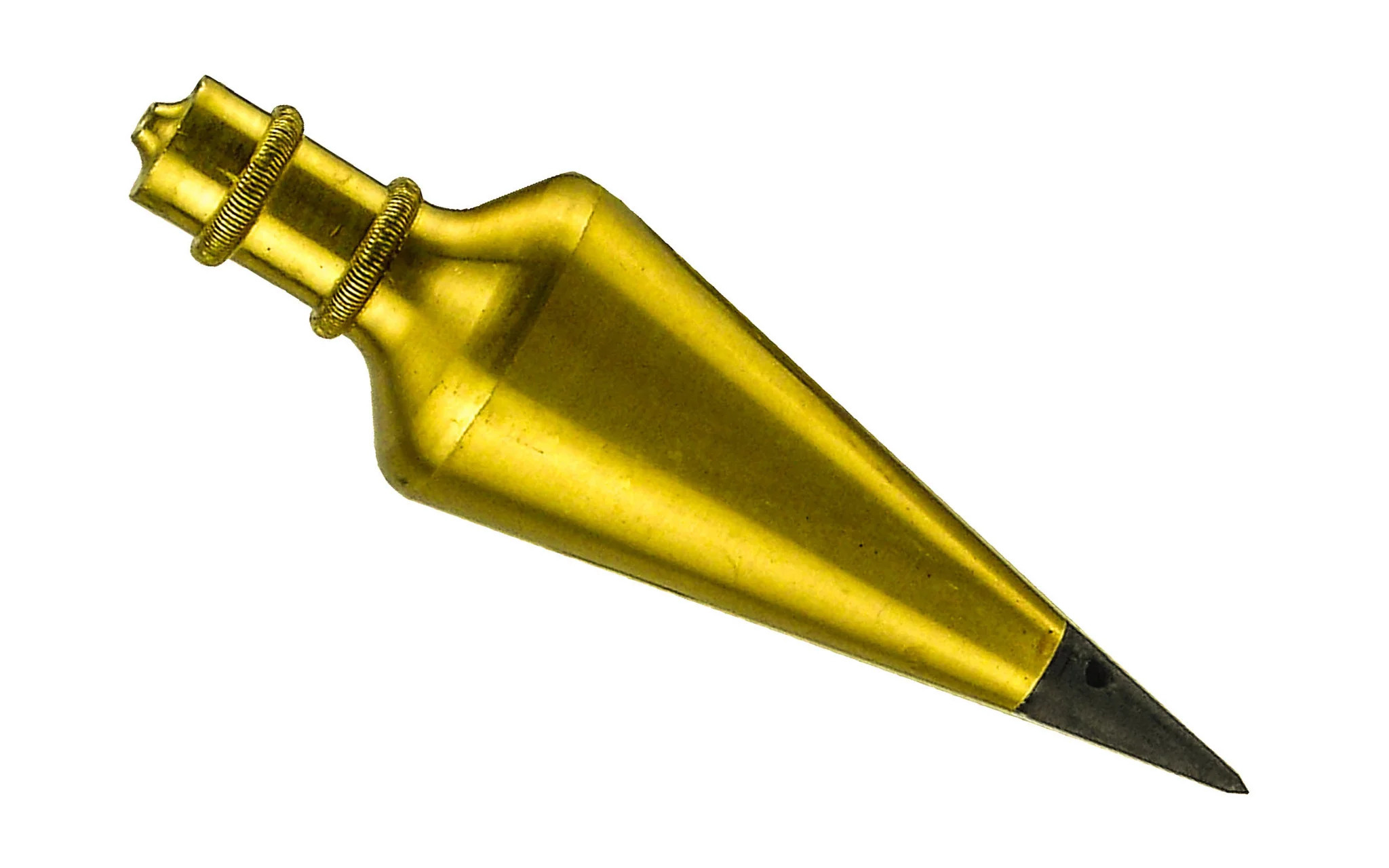
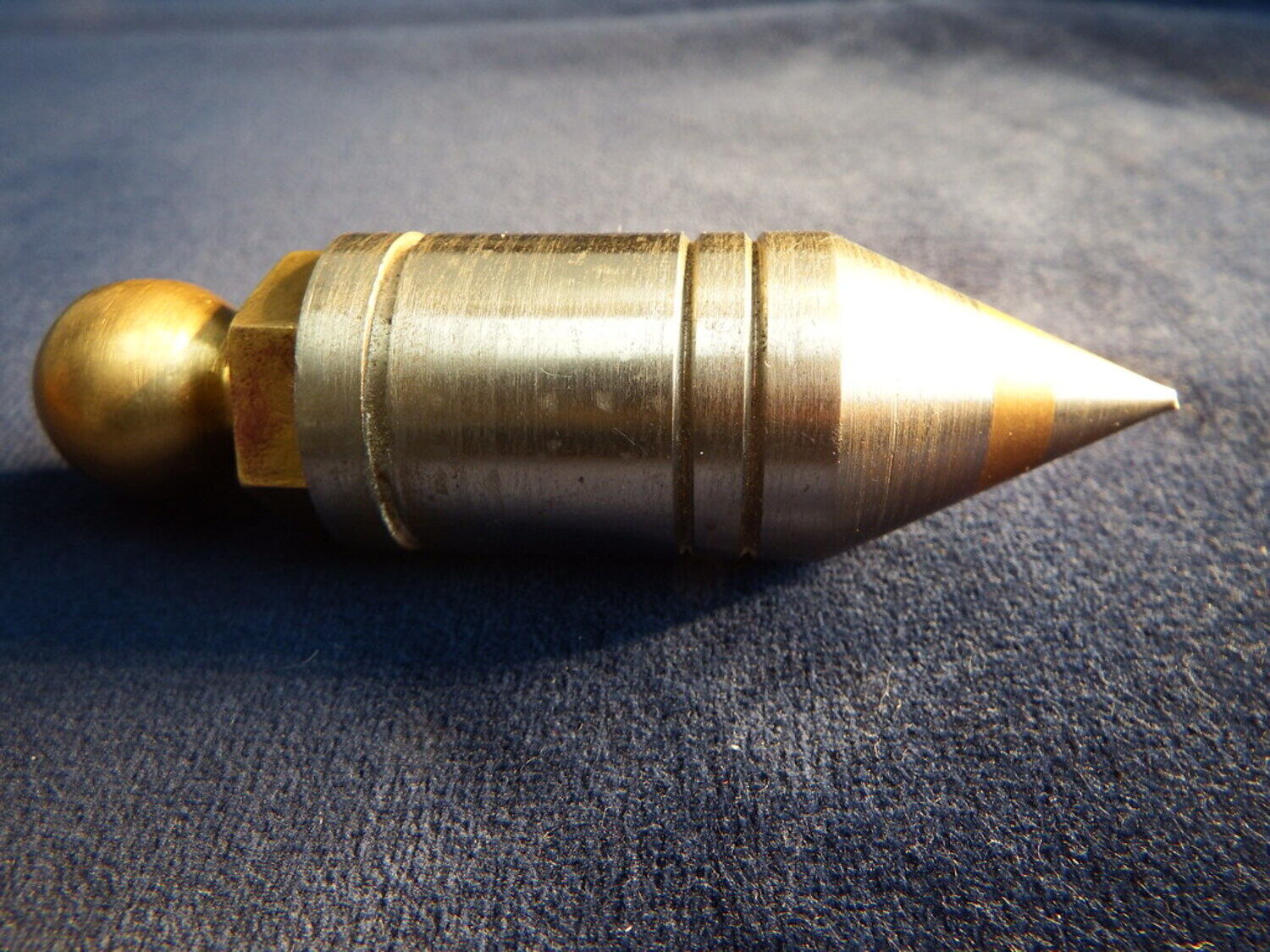
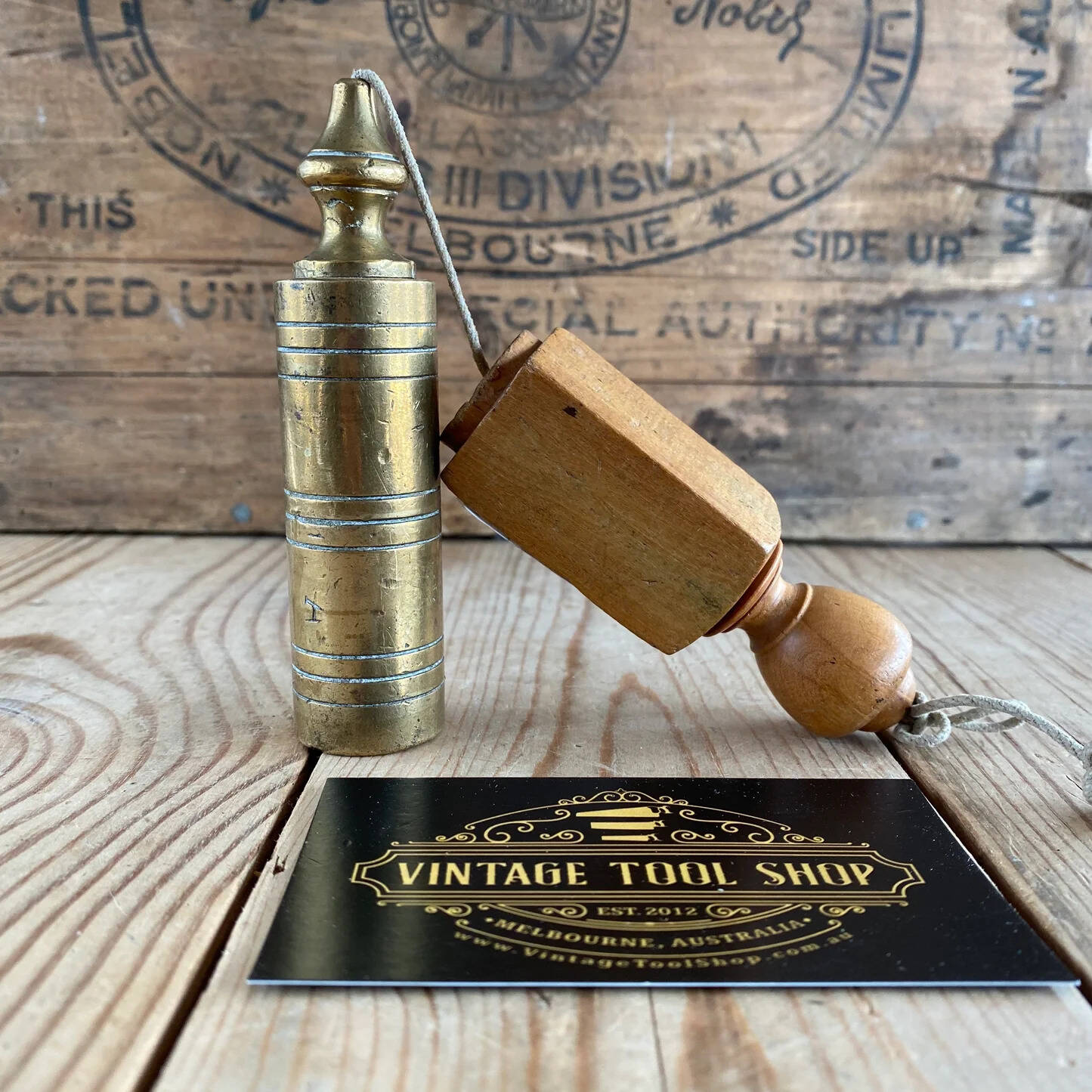
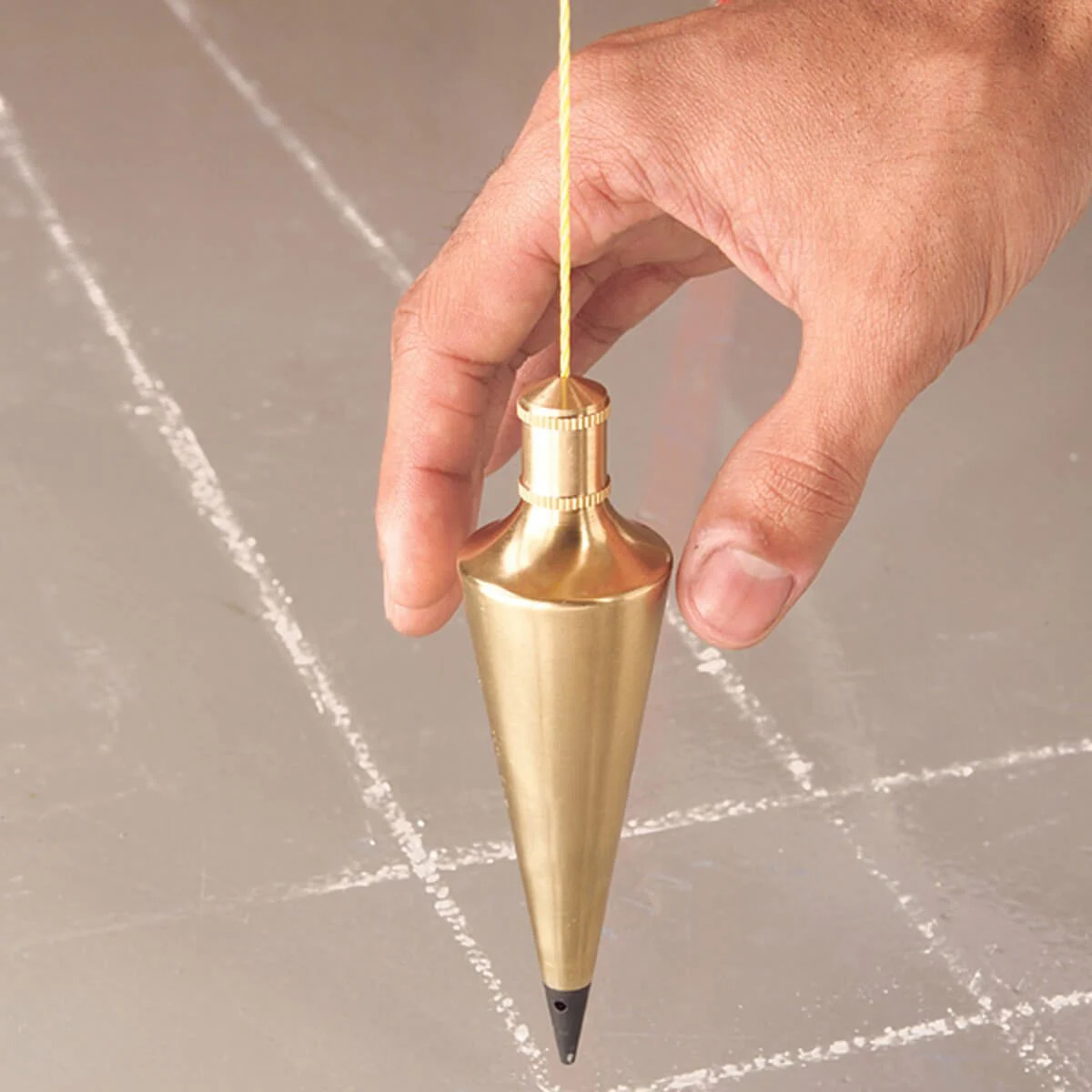
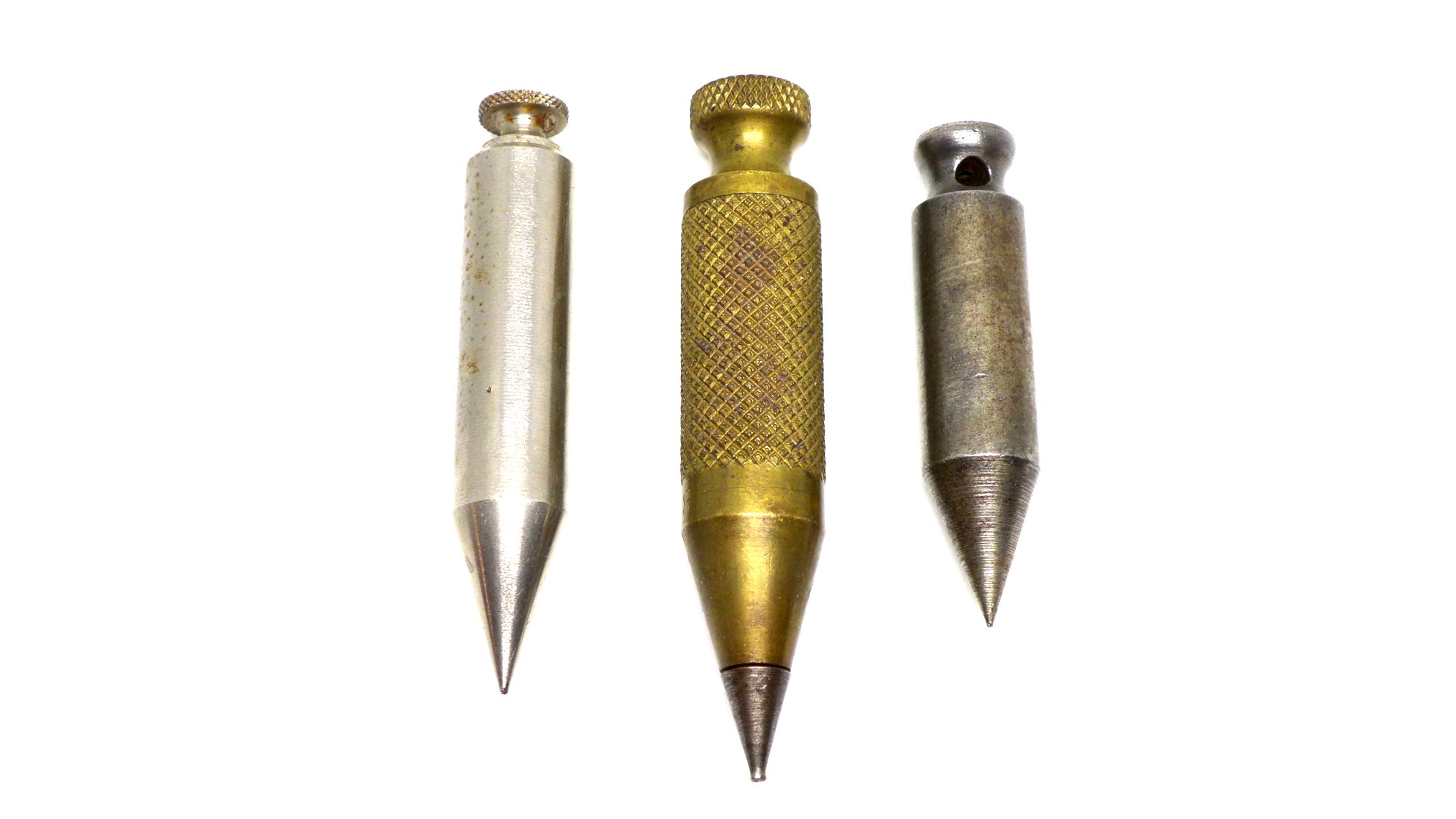
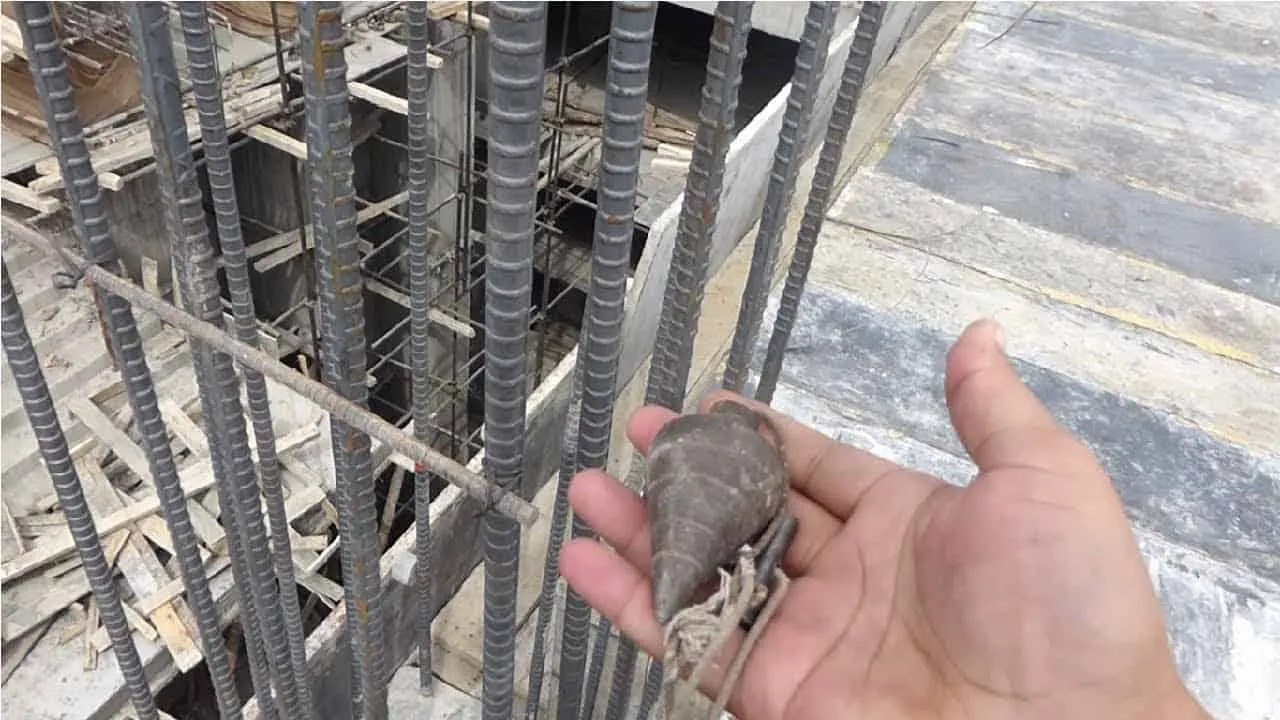
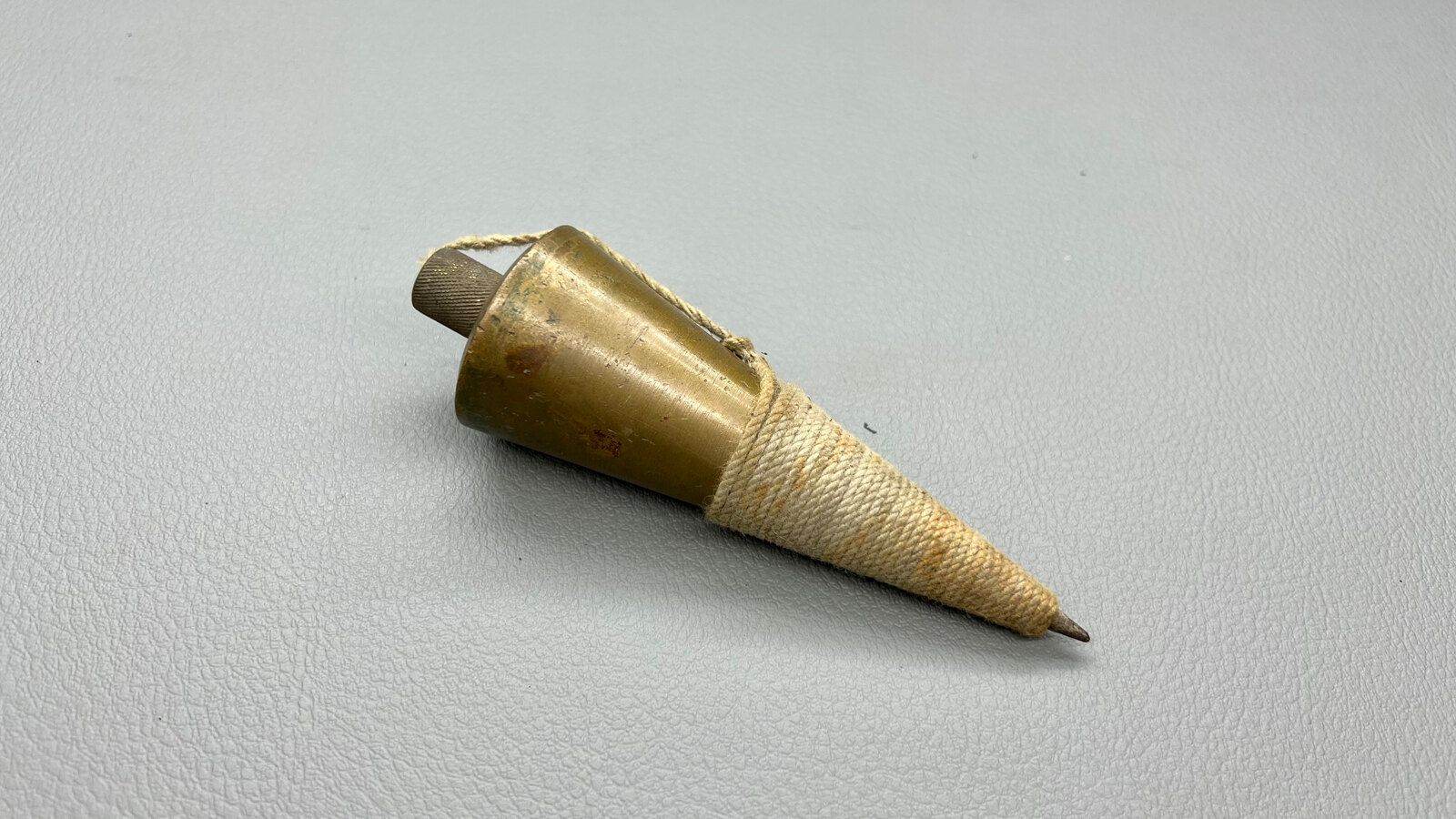
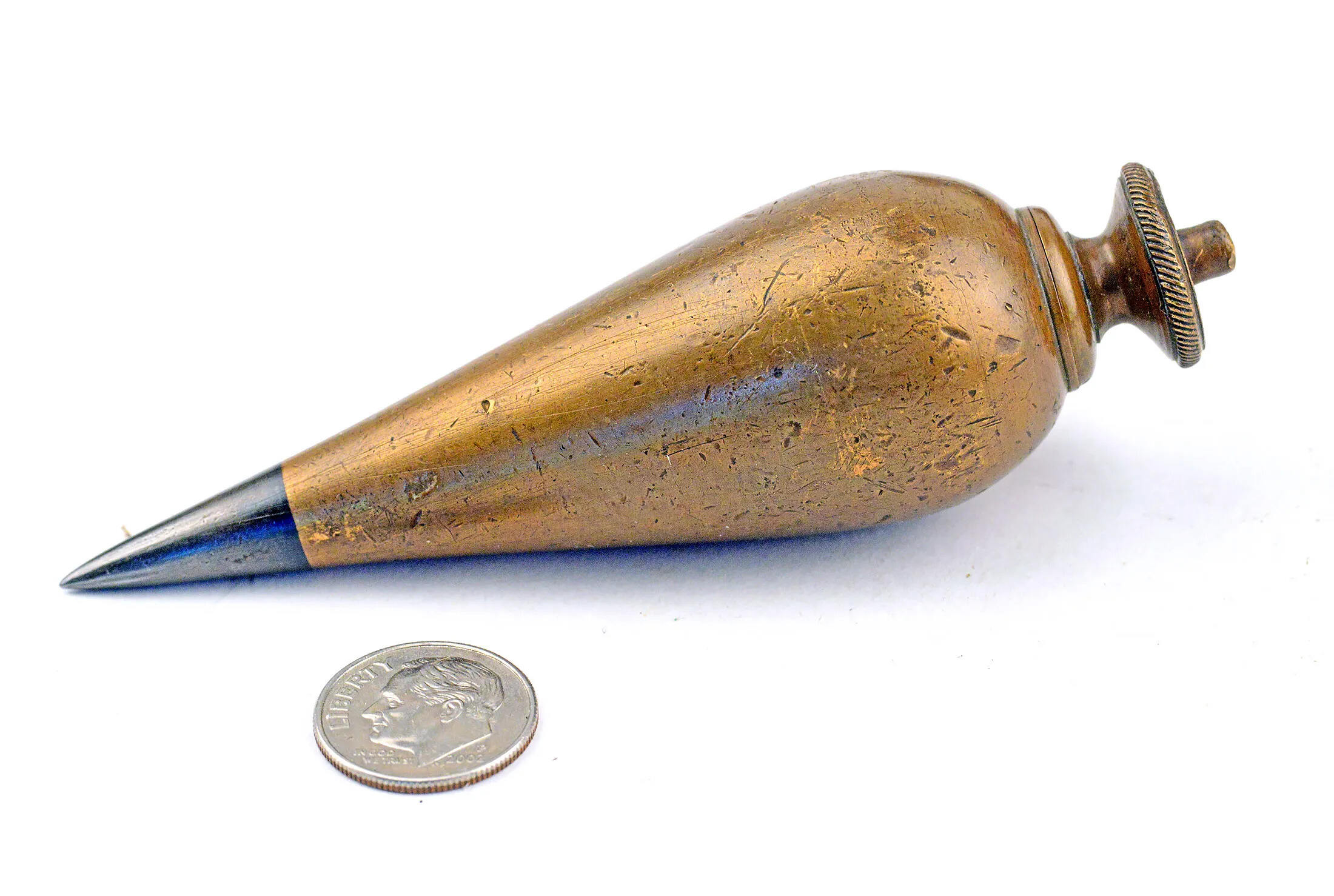
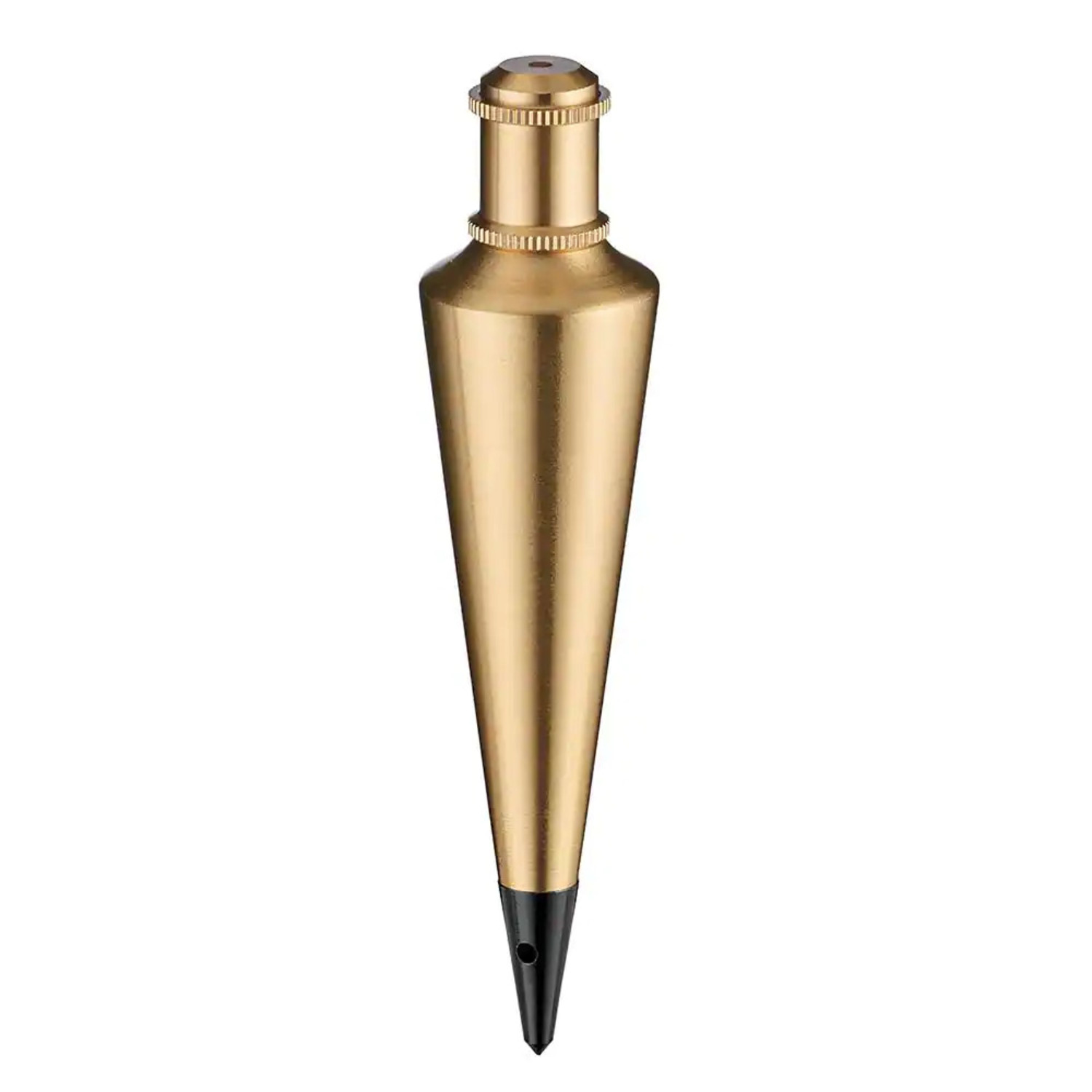
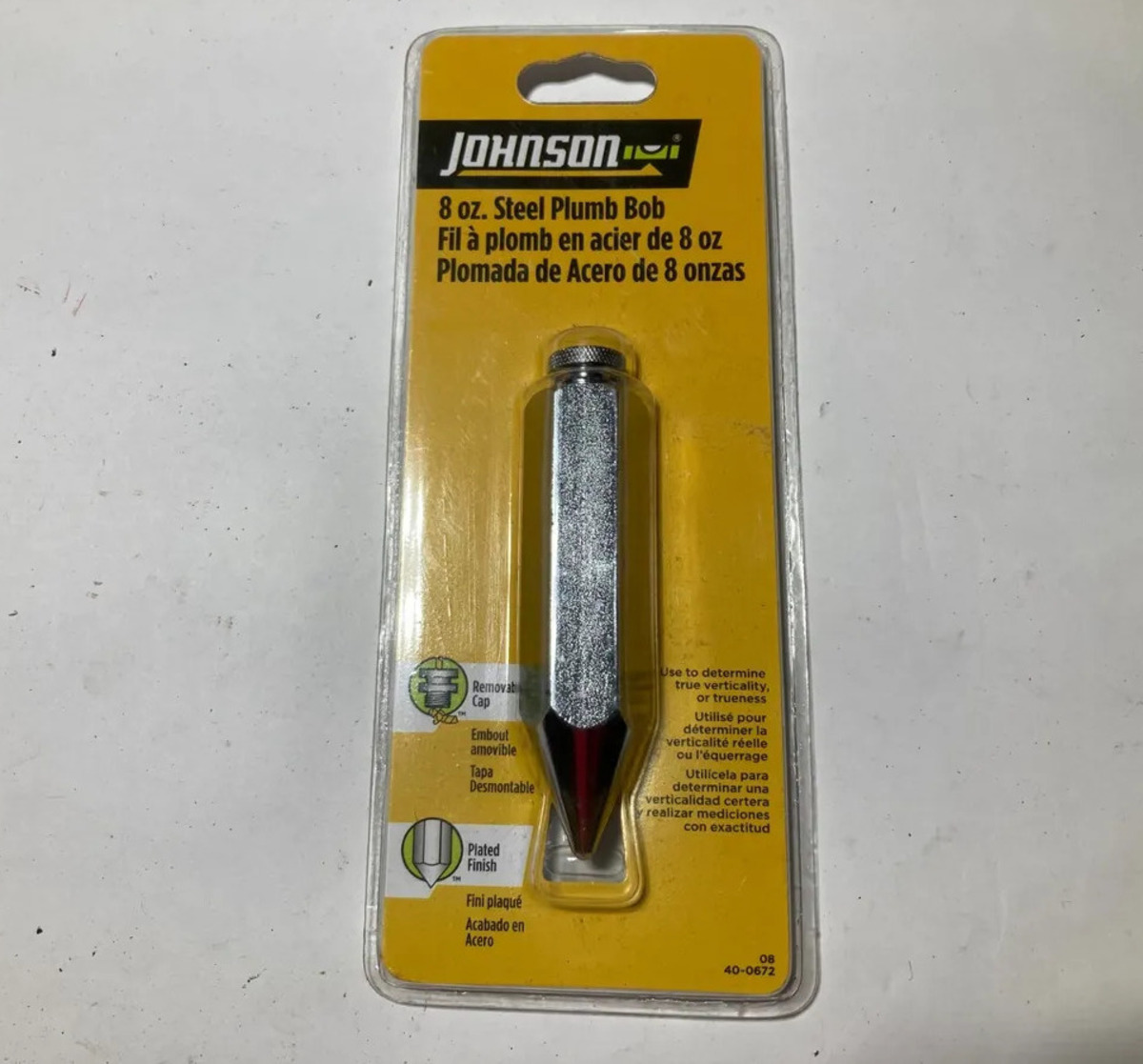
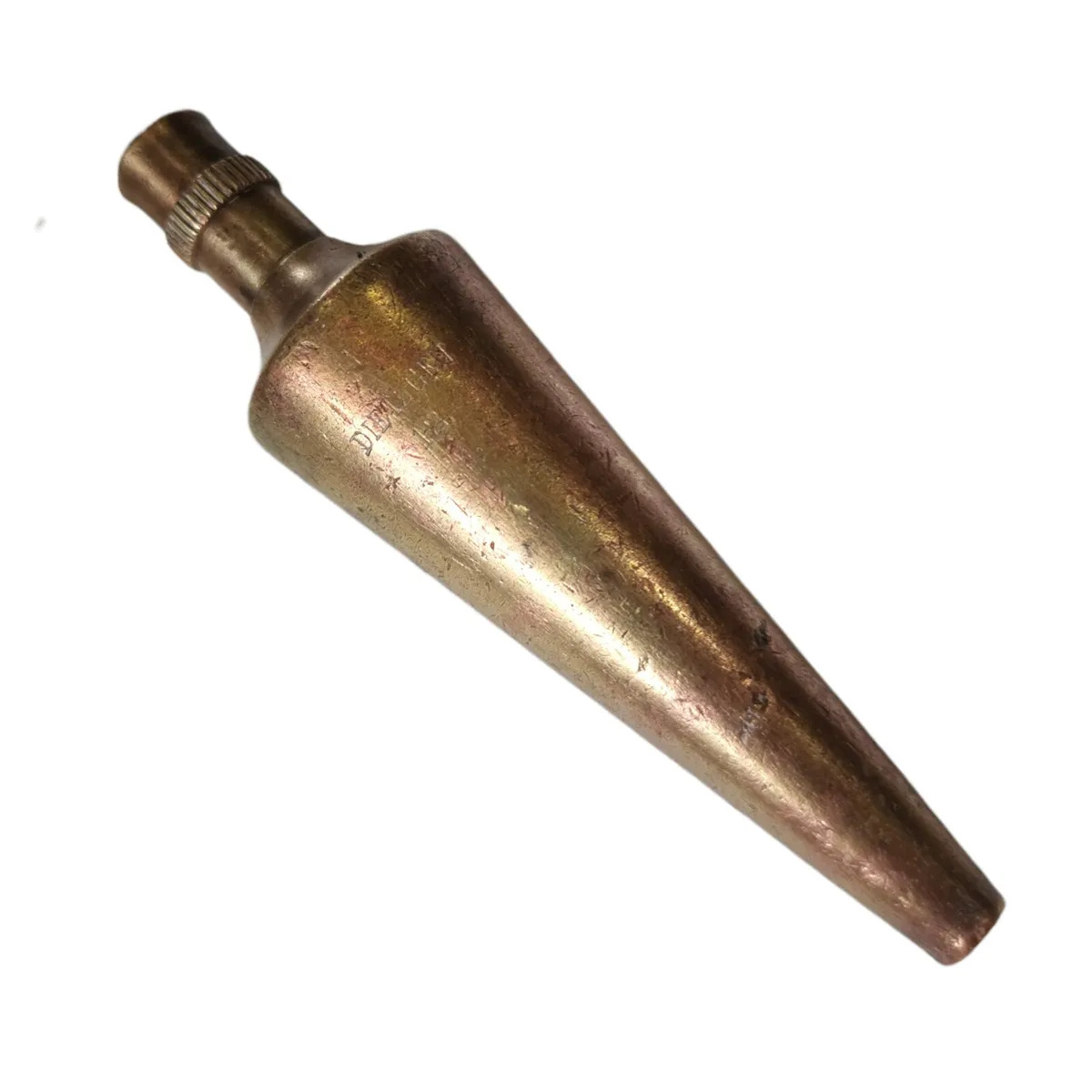
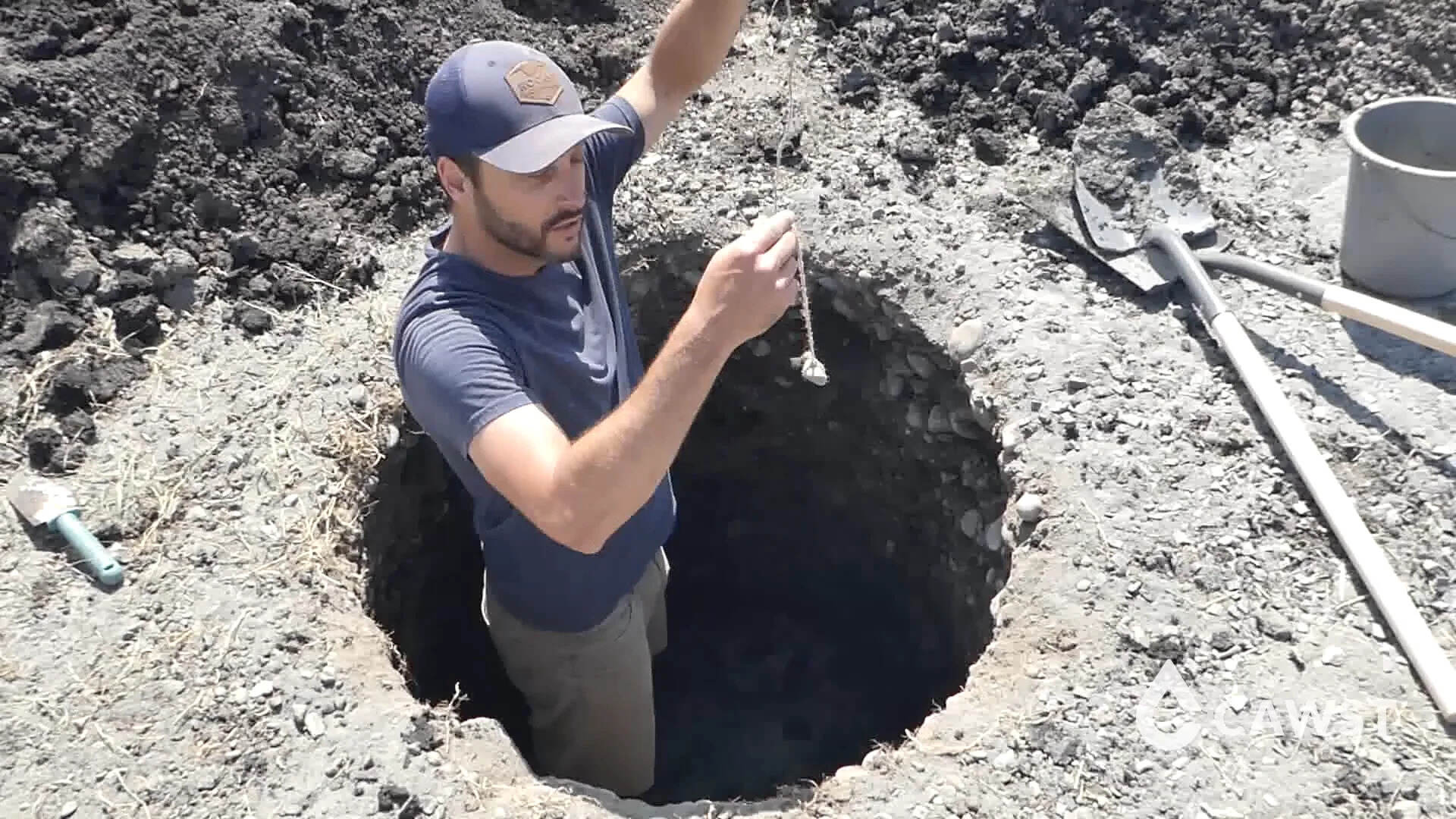
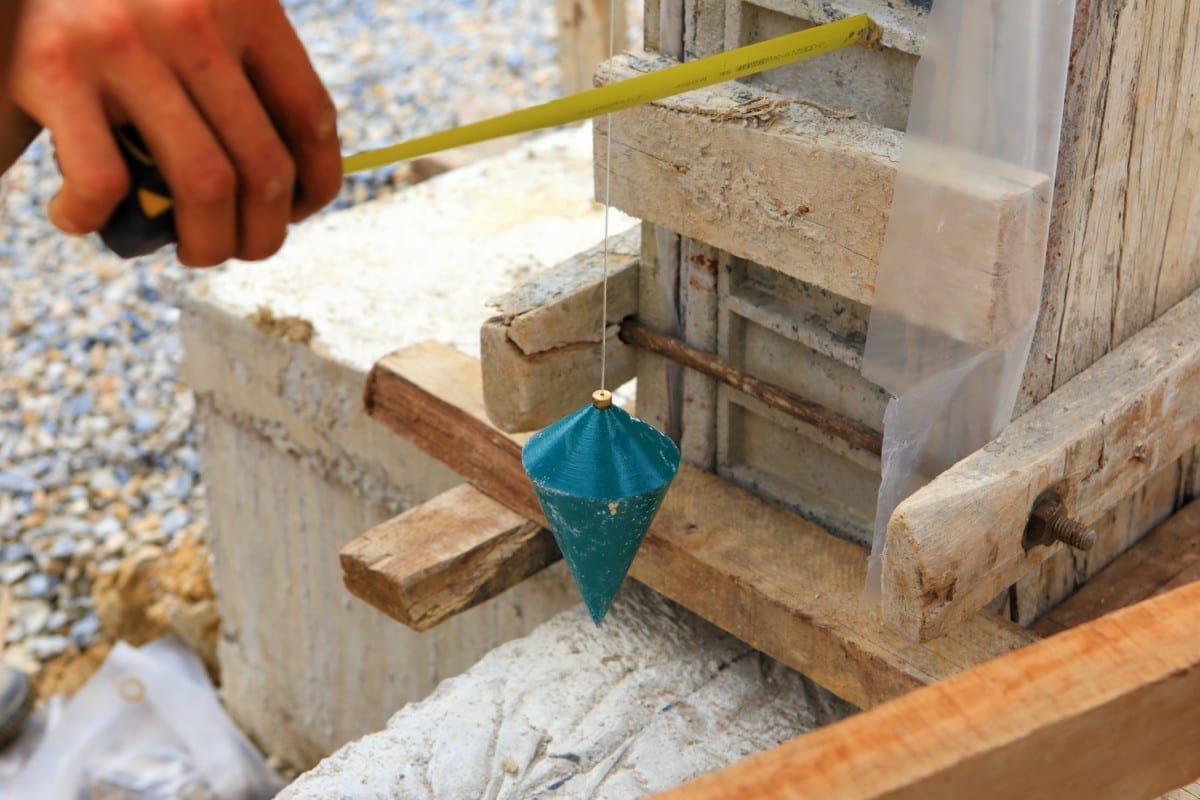
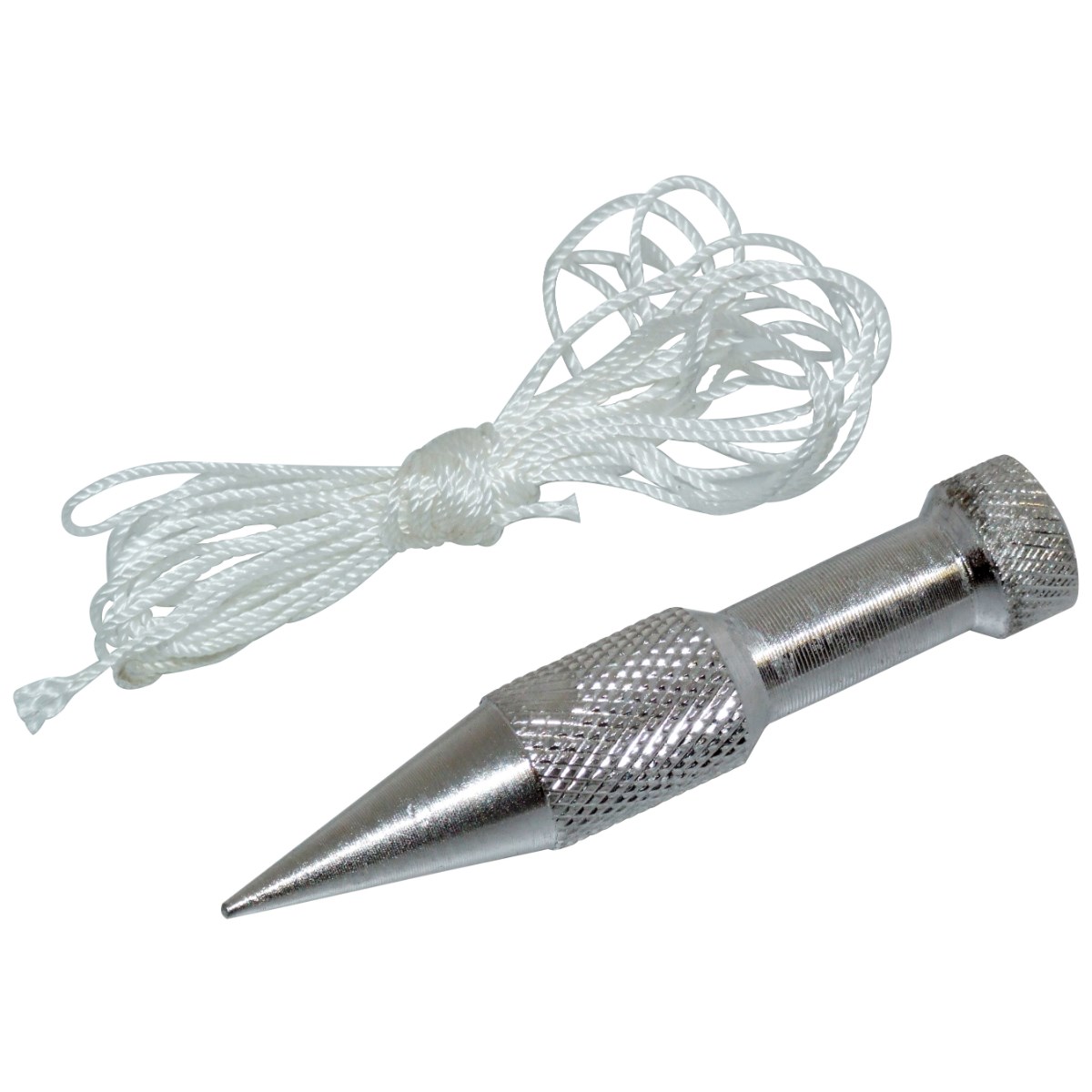

0 thoughts on “What Is A Brass Plumb Bob Used For”